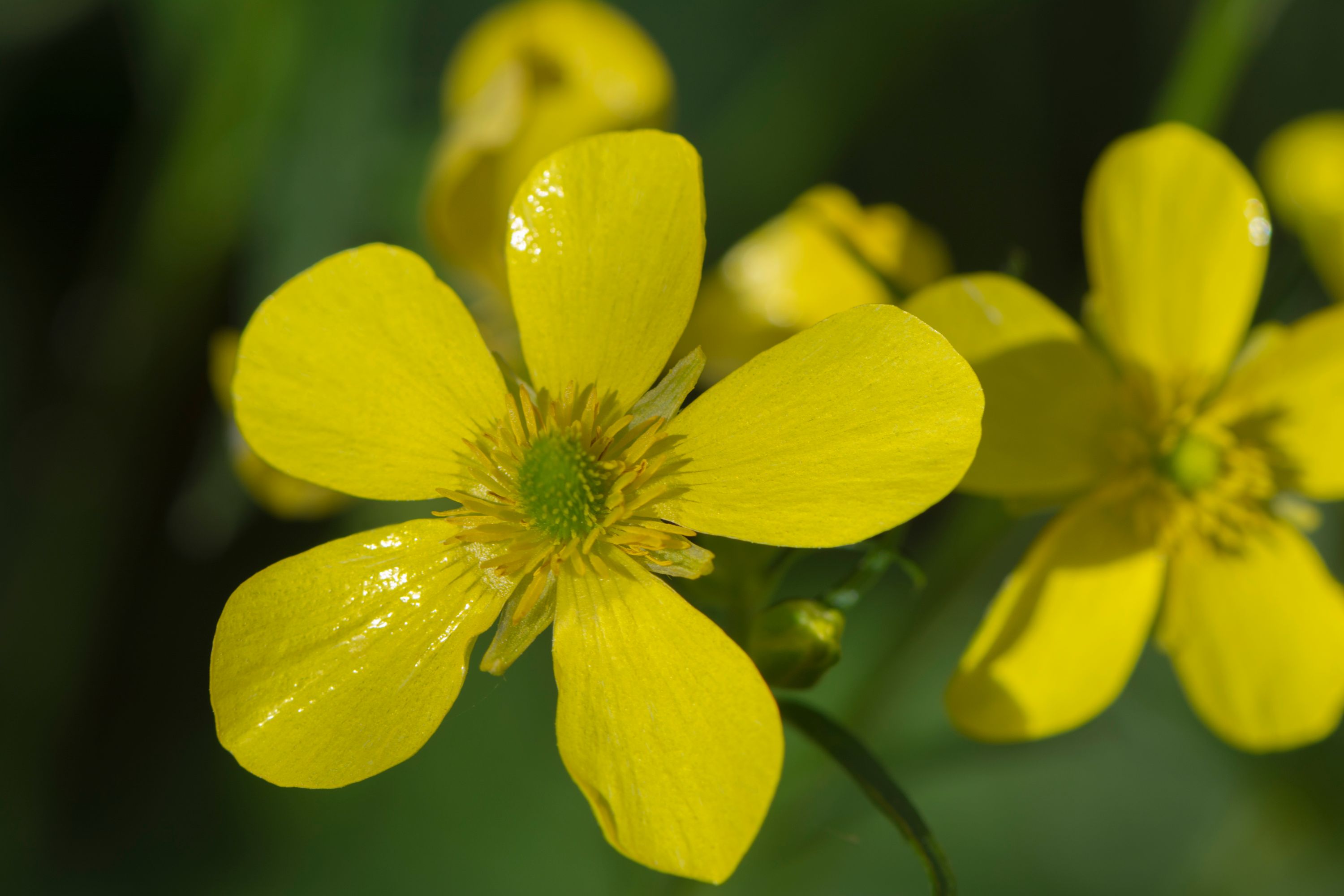Azores buttercup
(Ranunculus cortusifolius)

Description
Ranunculus cortusifolius, also known as the Azores buttercup or Canary buttercup, is a plant species in the genus Ranunculus, family Ranunculaceae, the buttercup or crowfoot family. It grows on moister sites throughout the Azores, Madeira and Canary Islands but is widely cultivated elsewhere as an ornamental. There are reports of it having become naturalized in parts of California. The plant has palmately lobed leaves and showy yellow flowers. Root grumose, formed of thick, fleshy, fasciculated fibres. Stem two to four feet high, terete, and, as well as the foliage, hairy with rather pilose hairs, which are dilated at the base. Radical leaves on long hairy petioles, large, between orbicular and reniform, three to five-lobed; lobes again divided and cut into several acute lobules, or large sharp teeth, cut and serrated, the whole somewhat radiately and dichotomously veined; upper leaves gradually smaller, sessile, five- to three-partite, the segments lanceolate, coarsely serrated, with parallel veins. Flowers terminal, between cymose and paniculate. Petioles terete. Calyx of five, ovato-lanceolate, very hairy, herbaceous sepals, pale and scariose at the margin. Petals five, large, broadly obovate, very glossy yellow. Stamens very numerous. Head of pistils short, oval. Ovary round-ovate, compressed, laterally hairy, tapering into a recurved style scarcely its own length. Head of fruit similar, but larger. Ranunculus is a large genus of about 600 species of flowering plants in the family Ranunculaceae. Members of the genus are known as buttercups, spearworts and water crowfoots. The familiar and widespread buttercup of gardens throughout Northern Europe (and introduced elsewhere) is the creeping buttercup Ranunculus repens, which has extremely tough and tenacious roots. Two other species are also widespread, the bulbous buttercup Ranunculus bulbosus and the much taller meadow buttercup Ranunculus acris. In ornamental gardens, all three are often regarded as weeds. Buttercups usually flower in the spring, but flowers may be found throughout the summer, especially where the plants are growing as opportunistic colonizers, as in the case of garden weeds.
Taxonomic tree:







